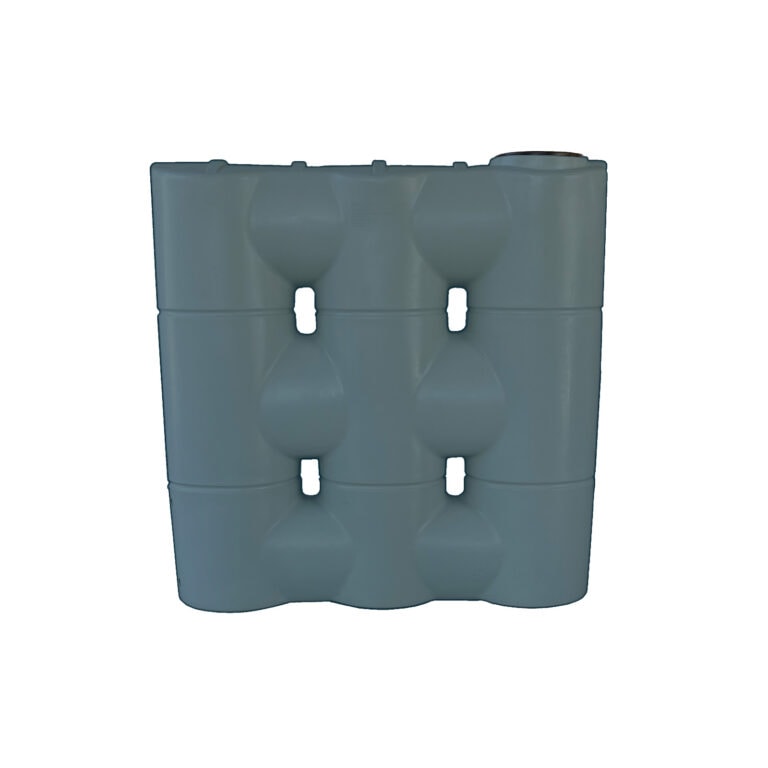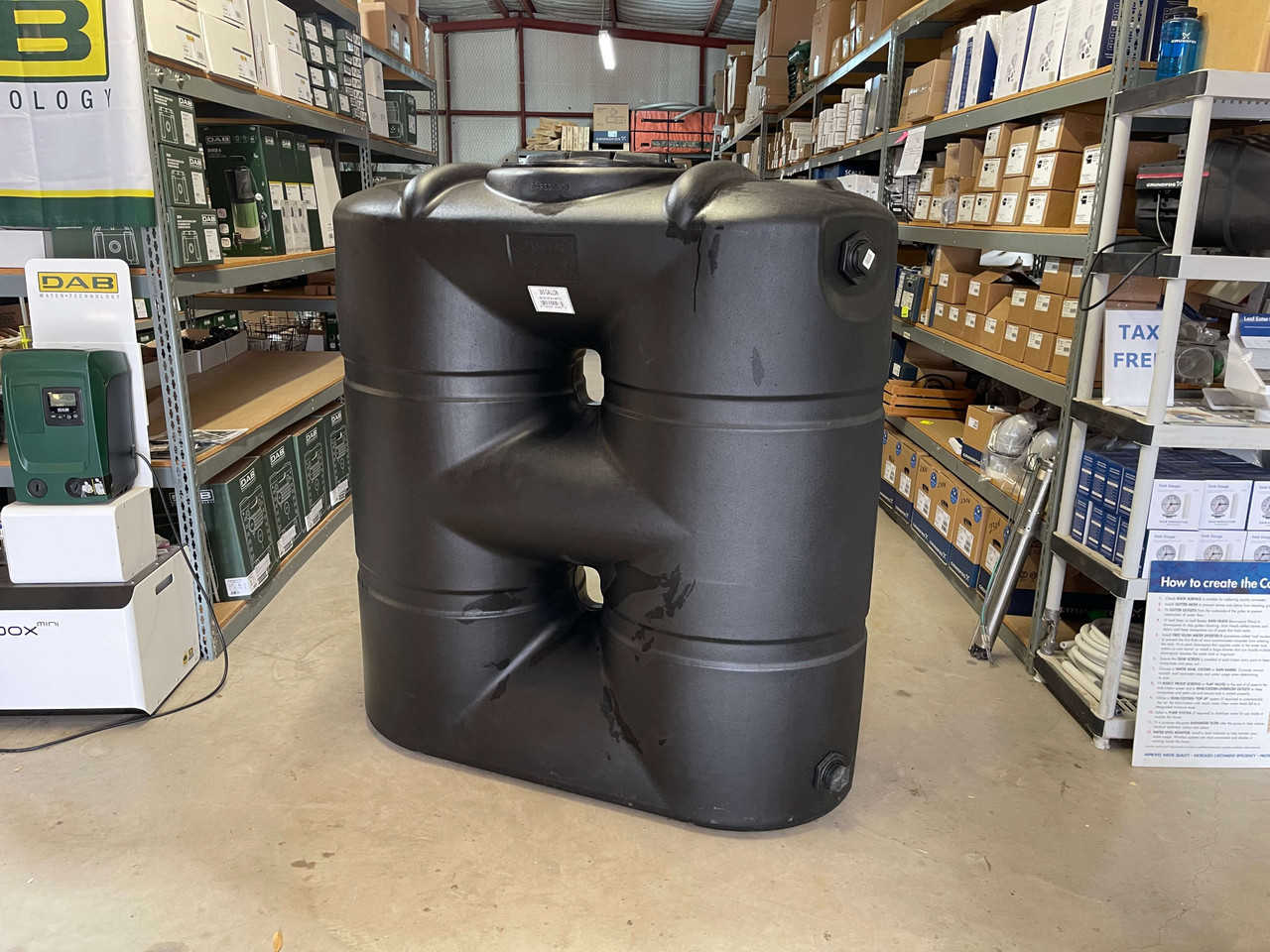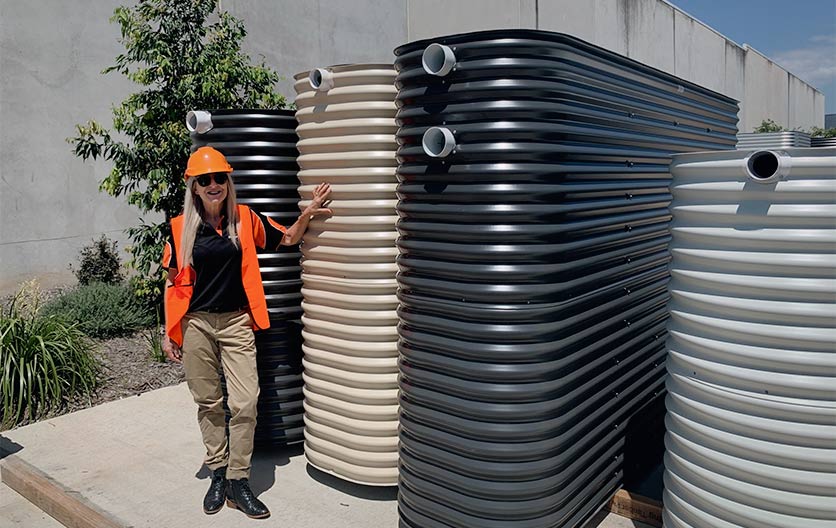Discover the Benefits of Slimline Water Tanks for Space-Saving Storage Space
Discover the Benefits of Slimline Water Tanks for Space-Saving Storage Space
Blog Article
Exploring the Numerous Usages of Rain Tanks for Residential and Commercial Features
As the worldwide focus on lasting living techniques remains to increase, the usage of rain containers in both property and business settings has become a relevant remedy. These containers offer a reservoir for rainwater harvesting, presenting a myriad of prospective applications that prolong far past mere storage. From irrigation to bathroom flushing and landscaping, the flexibility of rain containers is vast. Moreover, their assimilation right into business properties opens up a realm of possibilities for ecologically aware organizations. The multifaceted uses of rain storage tanks offer an engaging instance for their adoption, not just as a functional water-saving action however also as a testament to accountable source monitoring.
Benefits of Utilizing Rainwater Tanks
Using rain storage tanks supplies countless advantages for both families and neighborhoods in regards to water preservation and sustainability. Among the vital benefits of making use of rain containers is the significant reduction in dependence on keys supply of water - Slimline water tanks. By recording and saving rainwater for later use, people and communities can reduce their need for cured water, ultimately reducing the worry on water treatment facilities and decreasing energy usage related to water transportation and therapy
In addition, rainwater collecting with storage tanks supplies a reputable different water resource during times of water limitations or scarcities. This kept rain can be utilized for various non-potable purposes such as irrigation, purging bathrooms, and cleaning garments, minimizing the stress on typical water sources. In addition, utilizing rain storage tanks can cause set you back savings for both houses and neighborhoods by decreasing water costs and lowering the requirement for pricey framework expansions to fulfill growing water needs.
Basically, the application of rainwater storage tanks supplies a lasting and ecologically friendly method to water administration, benefiting both private users and the wider community in terms of water conservation, cost-efficiency, and durability.
Rain Tank Use in Irrigation
Offered the benefits of rain tanks in conserving water resources and minimizing reliance on mains supply of water, a significant application depends on using saved rainwater for watering objectives - Slimline water tanks. Rain harvesting systems can properly collect and keep rain, supplying a sustainable water source for sprinkling gardens, grass, and agricultural areas. By utilizing rain for irrigation, residential or commercial property owners can reduce their dependancy on cured water resources, resulting in set you back financial savings and environmental advantages

One of the primary benefits of making use of rain for watering is its purity. Rain is normally soft and cost-free from the chemicals and additives typically found in keys water, making it suitable for beneficial plants without the threat of dangerous effects. In addition, rainwater is at ambient temperature level, which can profit plant development by preventing temperature level shocks that can happen with cold mains water.
Rainwater Tanks for Bathroom Flushing

Implementing rain storage tanks for toilet flushing is an economical and eco friendly method that can be quickly integrated right into both household and industrial buildings. The stored rainwater can be used to flush commodes by connecting the tank to the existing plumbing system. This find out easy yet reliable solution can considerably reduce water intake in a building, particularly in areas where water scarcity is a concern.

Including Rain Storage Tanks in Landscape Design
An effective strategy for enhancing sustainability in landscaping includes integrating rainwater containers to enhance water usage and promote environment-friendly methods - Slimline water tanks. Incorporating rain containers in landscaping offers many advantages for both residential and commercial homes. These tanks can record and keep rainwater drainage from roofings, which can then be utilized for sprinkling gardens, grass, and plants. By utilizing rainwater for watering functions, property proprietors can decrease their dependence on municipal water sources, causing cost financial savings and preservation of priceless water sources.
Along with providing a sustainable water resource for landscape design needs, rainwater containers can also help in managing stormwater overflow. By capturing rainwater that would otherwise stream into storm drains pipes, these tanks can mitigate erosion, minimize flooding risks, and avoid contamination of all-natural water bodies. Furthermore, including rainwater containers in landscaping can contribute to the total aesthetic charm of the property, showcasing a commitment to here environmental stewardship.
Industrial Applications of Rain Tanks
Using rainwater containers in business setups supplies a sustainable option for water administration and conservation, benefiting services and the atmosphere alike. One key commercial use is for irrigation purposes, where collected rain can be utilized to water landscaping, gardens, and farming fields bordering commercial residential or commercial properties.
Additionally, rain containers can be integrated into the fire reductions systems of industrial structures. By having a devoted water source for firefighting purposes, organizations can improve their fire safety actions and potentially reduce insurance premiums. Furthermore, rainwater accumulated in storage tanks can be treated and utilized for non-potable functions within business homes, such as flushing commodes, cleansing, and cooling down systems. This not just conserves fresh water sources yet additionally decreases operating expense for businesses. Generally, the unification of rain storage tanks in industrial setups offers a sensible and environmentally liable approach to water monitoring.
Conclusion
From irrigation to toilet flushing and landscaping, the use of rainwater tanks can help conserve water sources and lower water expenses. On the whole, the flexibility and sustainability of rain storage tanks make them a valuable financial investment for any type of building owner looking to boost water effectiveness.
Report this page